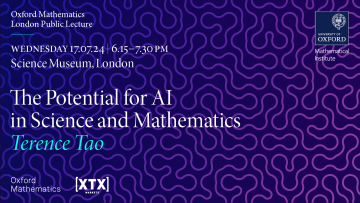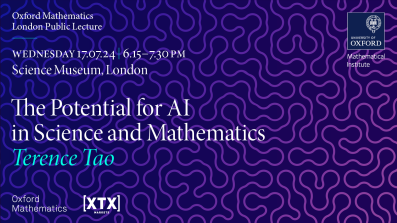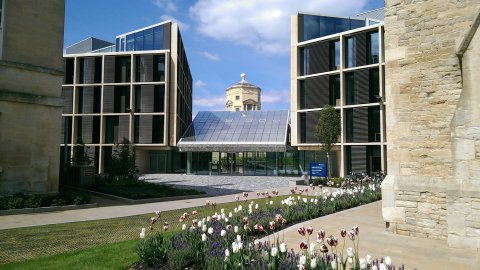The Hecke category
Abstract
The Hecke category first rose to prominence through the proof of the Kazhdan-Lusztig conjecture. Since then, the Hecke category has proven to be a fundamental object in representation theory with many interesting applications to modular representation theory, quantum groups, knot theory, categorification and diagrammatic algebra. This talk aims to give a gentle introduction to the Hecke category. We will first discuss the geometric incarnation of the Hecke category and how it was used to prove the Kazhdan-Lusztig conjecture. Then, we move on to a more modern approach due to Soergel and Elias-Williamson which is purely algebraic, and we will discuss some recent advances in representation theory based on this approach.




